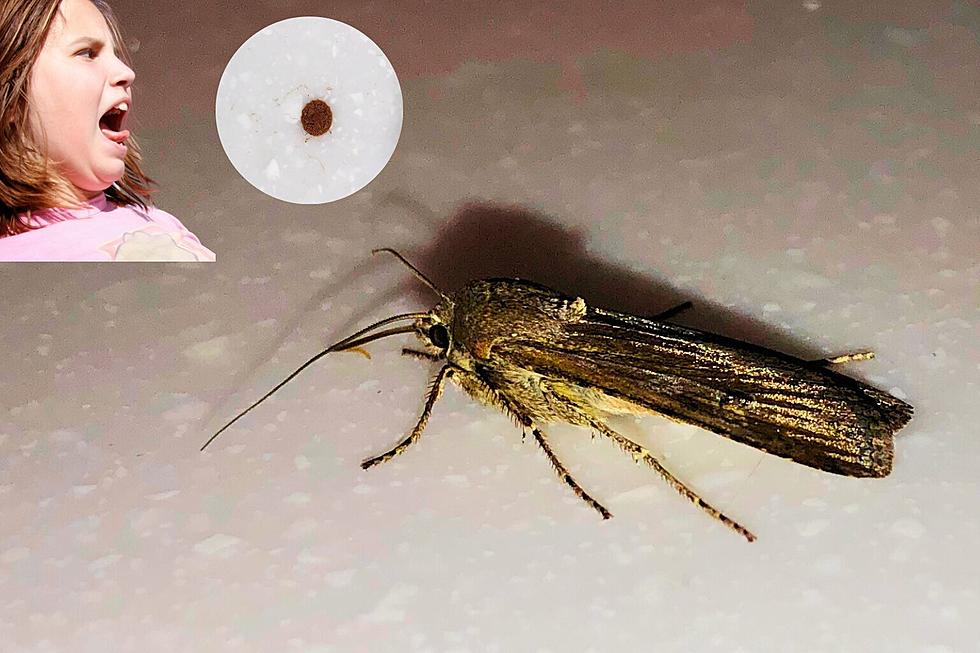
Miller Moth Season in Colorado, What are Those Reddish Spots They Leave Behind?
It's the middle of the night and you want to turn the bathroom light on, but in the glow of the nightlight you see 3, 4, 7, omg, there must be 20 moths on the bathroom wall. The moths that migrate through Colorado are called Miller Moths. They can't hurt you, but they sure can annoy you.
Other than the moths fluttering into your coffee mug and darting at your head, the most annoying thing about them is the reddish-brown spots they leave on windowsills, the curtains, and across the counter.
The spot sort of resembles blood. I've heard some say it's moth poop. So, what are the reddish spots Miller Moths leave behind?
Whenever I have questions about little buggy critters I like to go to the best local resources. Professor Whitney Cranshaw of Colorado State University is a top entomologist and has published two books. Entomology is the study of insects, bees, spiders, and all kinds of creepy crawlies.
Professor Cranshaw published a whole fact sheet about the Miller Moths we deal with here in Colorado. That publication explains "Miller moths also may spot drapes or other surfaces, such as unfinished wood because they excrete fluid for most of their adult life. This product is slightly acidic and is sprayed by the moth. Presumably, the purpose of this is defensive, although it is not particularly irritating."
Well, that was sorta vague. But, so are most of the explanations I found.
The Denver Post said, "young adult moths sometimes leave behind small patches of a red-brown liquid – a remnant of their pupal stage that can stain walls and furniture."
CBS News stated the spots are "from their meconia, which is waste stored during pupal development".
Ok. There you have it. I'll sum it up as a secretion from their pupal stage.
As I was reading about the spots, I read the answer to why they are called Miller Moths. CBS News said it's because the dusty scales that rub off their wings "reminded people of the dusty flour on the clothing of grain millers."

